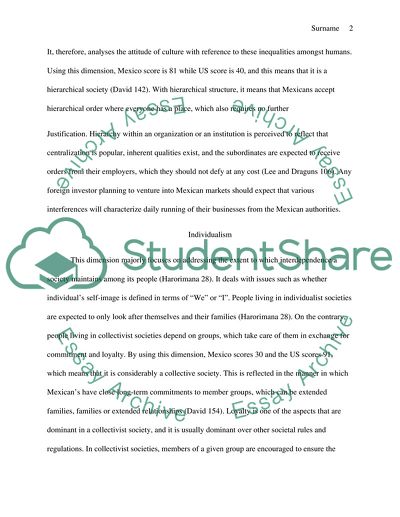Cite this document
(“Country Analysis of the Culture of Mexico Research Paper”, n.d.)
Country Analysis of the Culture of Mexico Research Paper. Retrieved from https://studentshare.org/culture/1770927-country-analysis
Country Analysis of the Culture of Mexico Research Paper. Retrieved from https://studentshare.org/culture/1770927-country-analysis
(Country Analysis of the Culture of Mexico Research Paper)
Country Analysis of the Culture of Mexico Research Paper. https://studentshare.org/culture/1770927-country-analysis.
Country Analysis of the Culture of Mexico Research Paper. https://studentshare.org/culture/1770927-country-analysis.
“Country Analysis of the Culture of Mexico Research Paper”, n.d. https://studentshare.org/culture/1770927-country-analysis.


